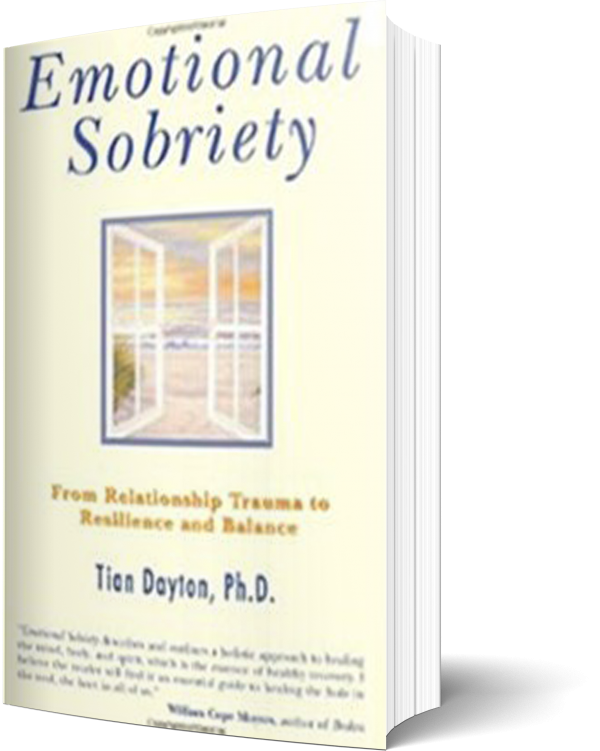I was recently blown away by a fascinating documentary, to be released by Sony on April 3rd, revealing the brilliance and daring of the two young men — Chris Stamp and Kit Lambert — who discovered The Who and brought, dragged, finessed and nurtured them onto world stage.
This is a tale of mythic proportions, of loss and redemption, addiction and recovery. The fame of The Who was curiously crafted by two genius impresarios, barely of age themselves, who had the bright idea that they would find some no-name group, promote them into worldwide fame, and them make a film about the process. The footage Stamp took of this takes the viewer into the immediacy, the moment when all eyes were on Carnaby Street — mod cool and the birth of a new kind of music. It was culture creation at its most breakneck speed. A generation that had emerged out of the rubble of World War ll, both terrified and fearless, had no caution in rebelling against the old structures and throwing them over with both hands.
“I played in the rubble of bomb sites, we all did,” says Stamp. Having grown up in London’s working-class East End, in a world that changed shapes daily, Stamp appeared at once scarred by constant bombings, excited to be alive and ready to break rules and take huge risks. His unlikely partner was Kit Lambert, son of the composer Constant Lambert. Kit was Oxford educated, spoke several languages, and had all of the sophisticated manners of the English upper class. The two of them ignited a creative combustion that is beautifully documented through dazzling images of the period. The footage captures vividly the ascendancy and heyday of British mod culture. There are entertaining, rather hilarious and occasionally brilliant interviews with Pete Townshend and Roger and Heather Daltrey, Chris’s brother actor Terence Stamp, and Stamp himself.
Together they weave a tale of a time gone by that has played a pivotal role in the development of pop culture. Stamp and Lambert joined the rest of their post-war generation in inventing their own, very particular (particularly what they seem hardly to have known) style and credo. Kids who had lived the daily reality of death and destruction and appeared to carry a feeling that life is temporary, LIVE NOW! Tomorrow may never come. They lived by their wits and intuition taking a very, very large bite out of life.
That sense of destruction they grew up in and around was reenacted in their music — loud, invasive and culminating in the symbolic smashing of guitars. The music seemed to give a kind of release to the trauma of surviving in a world that was constantly being destroyed around them, what psychologists call a trauma re-enactment.
This is a story about great ambition, bravado, talent and addiction. About acting out and self-medicating pain and PTSD. It is a story about the cultural beginnings of the extended adolescence that has been in place ever since post-WWll. It is also an account of the energy and creativity that flows when you break out of restricting rules and conventional forms and are willing to reinvent yourself in the moment. These are true culture creatives.
The total aesthetic of the film is riveting. Superbly edited by Oscar-nominated Hollywood Film editor Chris Tellefsen, brilliantly directed by someone very close to Chris, James D. Cooper, and beautifully produced by Loretta Harms. The film was entirely financed through private equity and thus was able to hold its authentic character. No unnecessary nods to moneyed interests, the film continues in the Stamp Lambert tradition of raw authenticity. It succeeded in capturing so many layers of the glamorous adventure of Chris and Kit’s career as rock impresarios and visionaries who trailblazed the path for many after them. Track Records, their own independent label, was created to produce and promote the music of Jimi Hendrix, another stroke of Lambert and Stamp’s uncanny instincts. They were forerunners in promoting rock performers with innovative film and video, (think music video) giving artists financial participation and recognition.
One of the sub-themes of the film are the ravages of addiction which led to the untimely and early deaths of very gifted Kit Lambert and Keith Moon, and eventually John Entwistle and the bust up of the band and its creators. The other sub-theme is the survivors who found recovery, hope and healing.
Especially touching was the end when a silver-haired calm and now very-much-sober Chris Stamp saw through all the fame and folly into what he now sees as not only a glitzy and exciting adventure but also a story of great intimacy among unusually talented young men. Ultimately, said Stamp, “it’s about love, intimacy, the thing we were all trying to hold back, well, in the end, we had that intimacy and we shared the love.”





